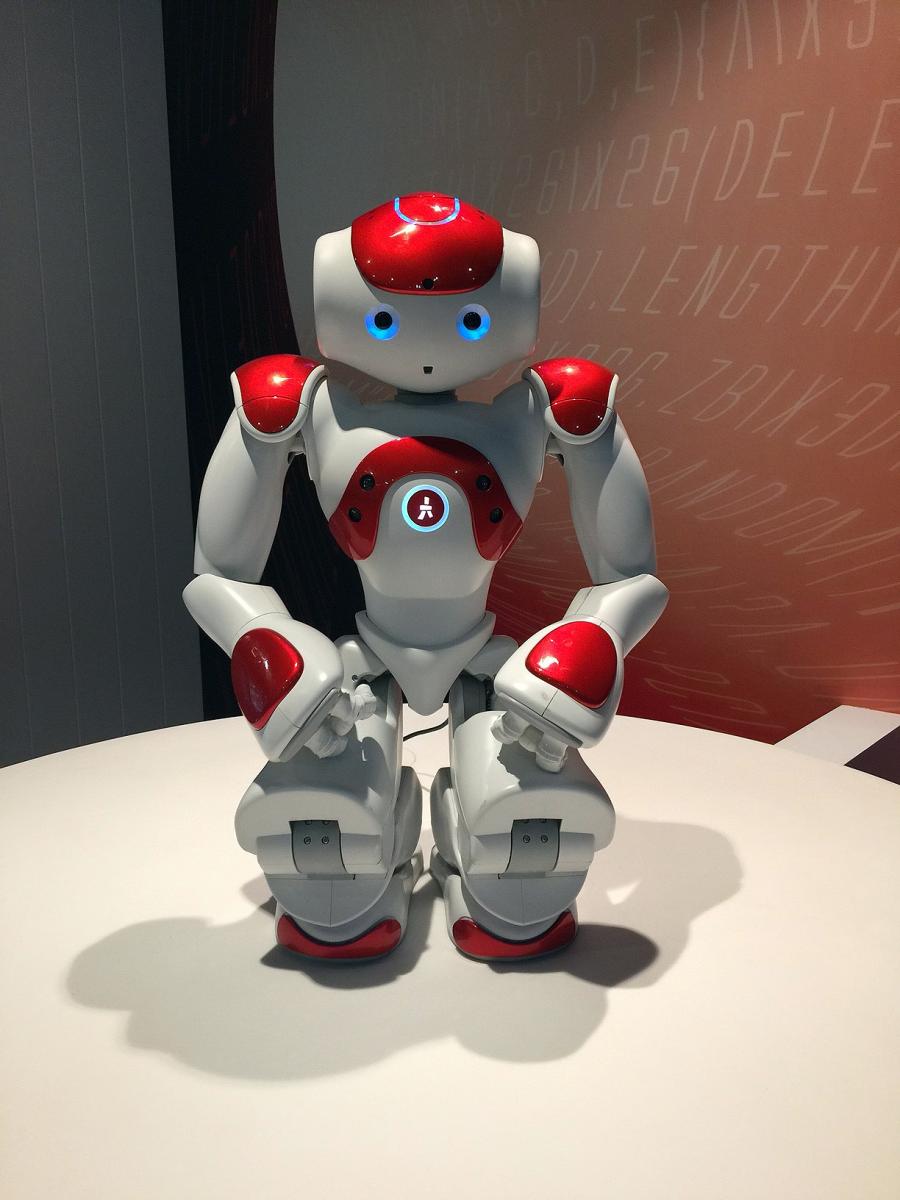
THE FUTURE IS HERE, OR IT WILL BE SOON. IT’S TIME TO SERIOUSLY THINK ABOUT WHAT THAT MEANS FOR YOUR WORKPLACE STRATEGY. HERE’S A PRIMER.
What will work—and the workplace—look like in two, five, 10, or even 20 years? How will ubiquitous technologies further disrupt the status quo? Experts predict that the Fourth Industrial Revolution will change literally everything about how we operate as human beings—including with our colleagues, companies and (physical and virtual) work environments.
While we can’t know for sure exactly where we’re going, there are a lot of smart people thinking about it. And we’d like keep our journey going with you by exploring the possibilities together.
To get started, we’ve rounded up some of the best recent commentary on the topic—both from our own people and from others in the workplace strategy/future of work sphere.
Co-working is the new networking for big business
Companies like KPMG and Microsoft are turning to coworking as one way to spur innovation, says Natasha Stokes. By sending employees to shared offices, they’re exposed to new people, new thinking, and chance encounters that just may spark that next big idea. And it’s not just companies going outside—some are starting to bring space-seeking innovators into their corporate offices to produce a similarly serendipitous effect.
Physical spaces should be designed to support the digital workplace
It’s official: organizations that prioritize connectivity and collaboration from anywhere outperform their peers. That’s according to research from Rotterdam School of Management, Erasmus University, and MIT’s Center for Information Systems, as reported by Sara Bean. Notably, beyond simply having the tools to enable seamless workshifting, companies in which managers trust their employees to work where, when and how is best for them came out on top.
The new age of the tech-enabled workplace
“Millennials and today’s technology are reshaping and humanizing tomorrow’s world of work,” say Tom Carroll and Dr. Marie Puybaraud. How? Smart buildings not only enable us to customize our environments but also improve our workplace quality and, thus, wellness/wellbeing, and in turn, productivity. Paired with the right design, employees are empowered to craft an environment that best supports them and their work, fueling innovation. And we’re only at the beginning.

of a fully automated visitor management solution that will perfom a
range of tasks, including check-in for meetings, providing directions, and
recording and reporting building-maintenance issues.
The future is automated. Here’s how we can prepare for it
For the World Economic Forum, Peter Miscovich explores many facets of the future of work, from robot receptionists to cognitive computing, and how these and other technologies will impact the very form and function of work.
Peter predicts a world that shifts the majority of society from a mass of 9-to-5ers to a more on-demand, “human cloud” of freelancers.
Smart buildings and workplace-as-a-service will disrupt the commercial real estate sector
User demand for building features and amenities will disrupt CRE strategy as we know it. The next generation of smart buildings will be built with advanced sensors and extreme mobile device connectivity, moving closer toward the Internet of Things (IoT). Environments will effortlessly adjust to suit the desires and preferences of the people within them. Tom Carroll (once again) cautions that businesses that fall behind on this risk falling behind, period.
What the companies on the right side of the digital business divide have in common
Everything we’re talking about here requires a shift in mindset, which is where this research from Robert Bock, Marco Iansiti, and Karim R. Lahkani comes in.
Digital leaders—companies in the top quartile of a 344-company sample—outperform in gross margins, earnings and net income. How? The authors dove into the data to ferret out what digital leaders do differently. 
This article was reprinted in its entirety courtesy of JLL. Read the original article here.

